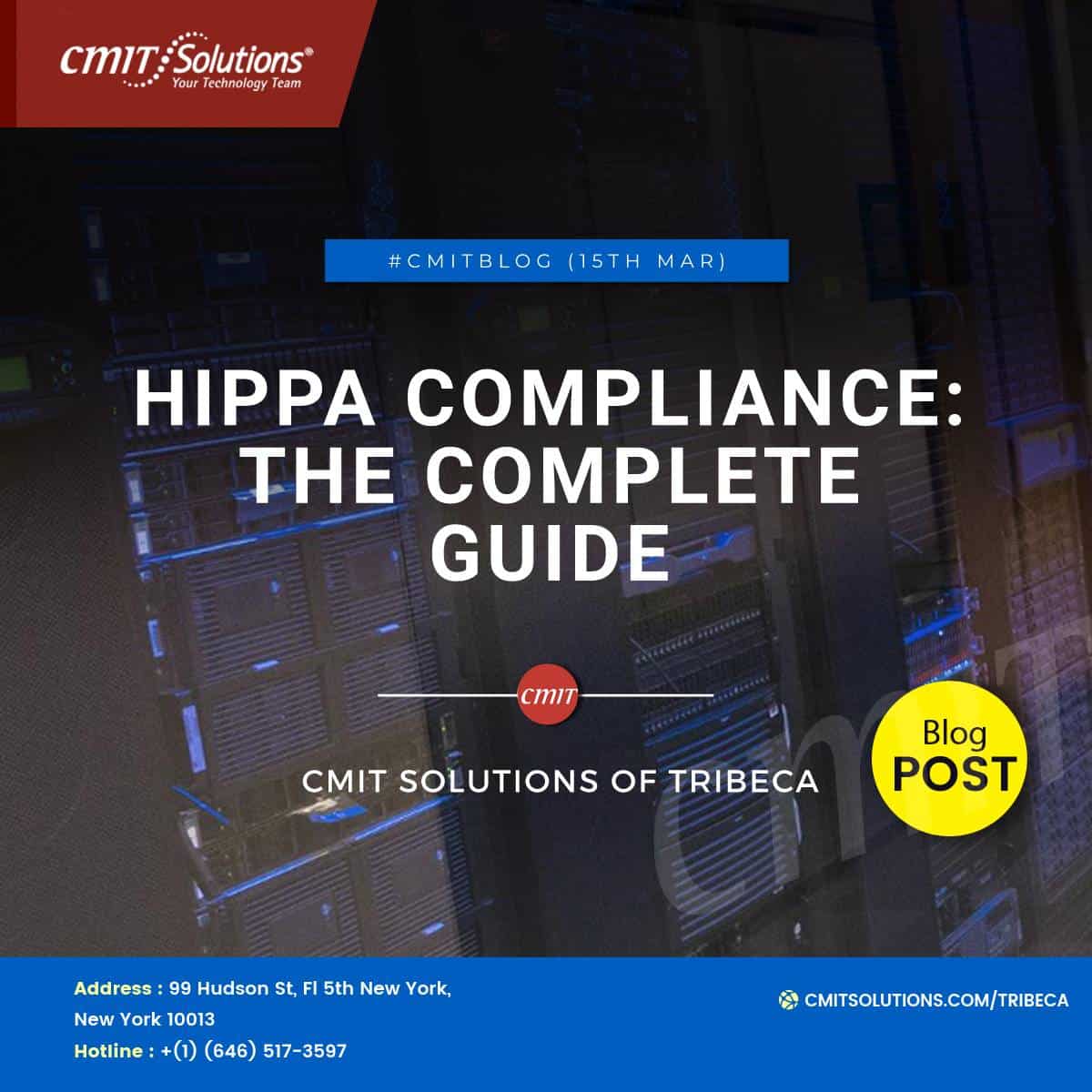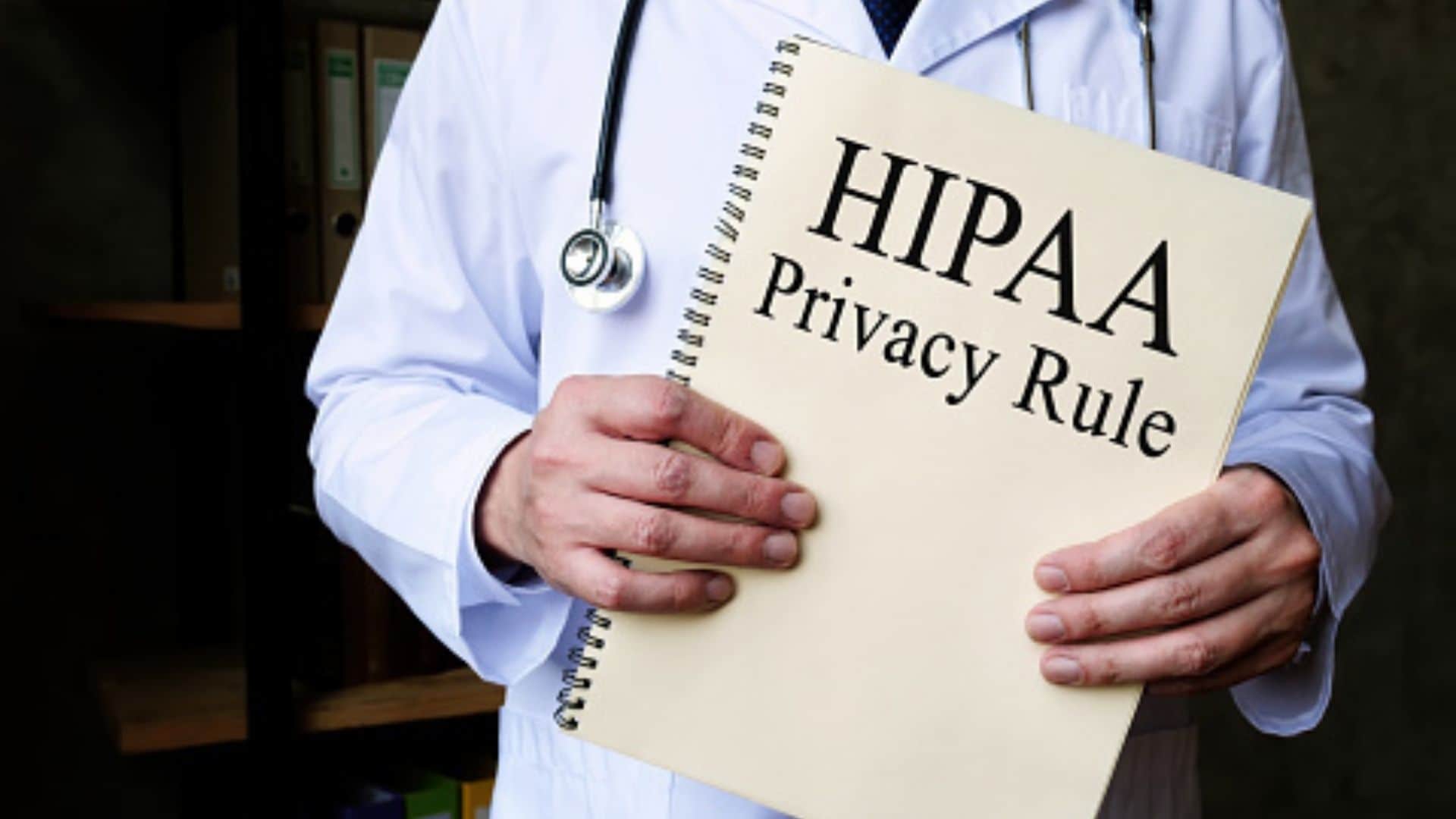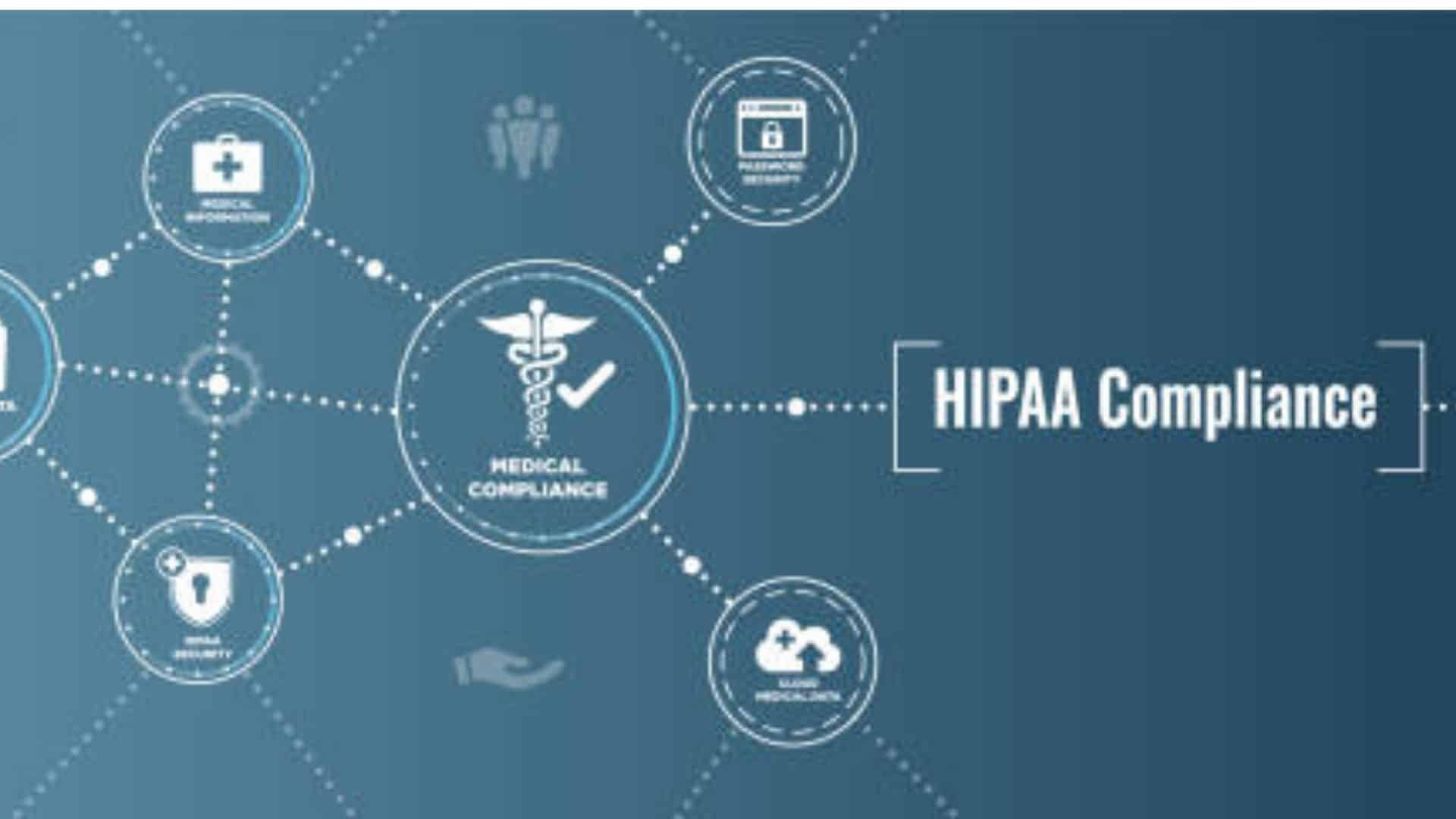In this blog, you’ll learn about the Health Insurance Portability and Accountability Act (HIPAA) and the standards for HIPAA compliance.
AN EXAMPLE OF HIPAA COMPLIANCE
The Health Insurance Portability and Accountability Act (HIPAA) oversees the security of sensitive patient information. To achieve HIPAA compliance, businesses that deal with protected health information (PHI) must have a physical, network, and procedural security measures in place and follow them. Covered businesses that offer treatment, payment, or operations in healthcare, as well as business partners that have access to health data and help with diagnosis, payment, or operations, must comply with HIPAA. Subcontractors and any associated business partners, for example, must likewise comply.
THE HIPAA SECURITY AND PRIVACY RULES
The HIPAA Privacy Rule, or Standards for Privacy of Individually Identifiable Health Information, provides national standards for the protection of specific health information, according to the US Department of Health and Human Services (HHS). In addition, the Security Rule creates a nationwide set of security rules for securing sensitive health information that is stored or transmitted electronically.
The Privacy Rule’s protections are operationalized by the Security Rule, which addresses the technical and non-technical measures that covered companies must use to secure persons’ electronic PHI (e-PHI). The Office for Civil Rights (OCR) of the Department of Health and Human Services is in charge of enforcing the Privacy and Security Rules via voluntary compliance programs and civil money penalties.
THE IMPORTANCE OF HIPAA COMPLIANCE
As health care providers and other businesses dealing with PHI migrate to computerized processes, such as electronic medication administration entry (CPOE) systems, electronic medical records, and radiology, pharma, and labs systems, HIPAA compliance is more important than ever. Health plans, meanwhile, allow access to claims, care management, and self-service tools. While all of these electronic technologies improve efficiency and flexibility, they also increase the security risks connected with healthcare data dramatically.
The Security Rule was put in place to secure people’s health information while also enabling covered businesses to use emerging technology to enhance the quality and efficiency of patient treatment. By design, the Security Rule allows covered entities to develop policies, processes, and technology that are appropriate for their size, organizational structure, and threats to patients’ and customers’ e-PHI.
HIPAA COMPLIANCE, PHYSICAL AND TECHNICAL SAFEGUARDS, AND POLICIES
Organizations storing sensitive patient data must have physical and technological protections, according to the HHS. Among the physical protections are…
- With approved access in place, there is limited facility access and control.
- Transfer, removal, disposal, and re-use restrictions for electronic media and ePHI
- Similarly, HIPAA’s technological protections need access control, enabling only authorized people to access ePHI.
- Access control entails: Encryption and decryption, as well as unique user IDS, emergency access protocols, and automated logoff
Integrity controls, or procedures put in place to ensure that ePHI is not changed or destroyed, are covered by other technical standards for HIPAA compliance. IT disaster recovery and offshore backup are critical components for ensuring that electronic media faults and failures are rapidly repaired and patient health information is reliably and completely retrieved. Network, or transmission security, is the last technological protection that assures HIPAA-compliant hosts defend against unauthorized access to ePHI. This protection applies to all data transmission channels, including email, the internet, and private networks like a private cloud.
The Health Information Technology for Economic and Clinical Health (HITECH) Act, which increases fines for health organizations that breach HIPAA Privacy and Security Rules, was enacted by the US government to assist assure HIPAA compliance. The HITECH law was implemented in response to advances in health technologies and growing use, storage, and transmission of electronic health records.
HIPAA COMPLIANCE AND DATA PROTECTION FOR HEALTHCARE ORGANIZATIONS
With the increased usage and exchange of electronic patient data, the necessity for data security has expanded. Today, providing high-quality treatment necessitates healthcare businesses meeting this growing need for data while also adhering to HIPAA requirements and safeguarding PHI. Healthcare businesses that have a data protection policy in place can:
- To retain the confidence of practitioners and patients, ensure the security and availability of PHI.
- Access, audit, integrity controls, data transfer, and device security must all comply with HIPAA and HITECH laws.
- Maintain a higher level of visibility and control over sensitive data throughout the company.
The finest data security systems detect and safeguard all types of patient data, including structured and unstructured data, emails, documents, and scans, while also enabling healthcare professionals to securely communicate data to deliver the best possible patient care. Patients entrust their personal information to healthcare institutions, and it is their responsibility to preserve such information.
Keep Up-to-Date to Avoid Problems
During the COVID-19 countrywide public health emergency, OCR is using its enforcement discretion by not imposing penalties for violation with the HIPAA Rules in connection with the good faith provision of telehealth utilizing such non-public facing audio or video communication technologies. This exercise of discretion extends to telehealth services given for whatever purpose, whether or not the telehealth service is connected to the diagnosis and treatment of COVID-19-related health issues.” (Photo courtesy of HHS)
To guarantee the safest workplace, be sure to keep up with these developments from those who monitor and enforce HIPAA compliance. The most notable difficulties produced by the pandemic, such as increased appointments, data risks, and mitigation measures, are likely to be addressed through communications.
A variety of revisions and improvements to HIPAA are being evaluated, and in the next months, they might become either recommendations or portions of the legislation. HIPAA Violation penalties are revised.





